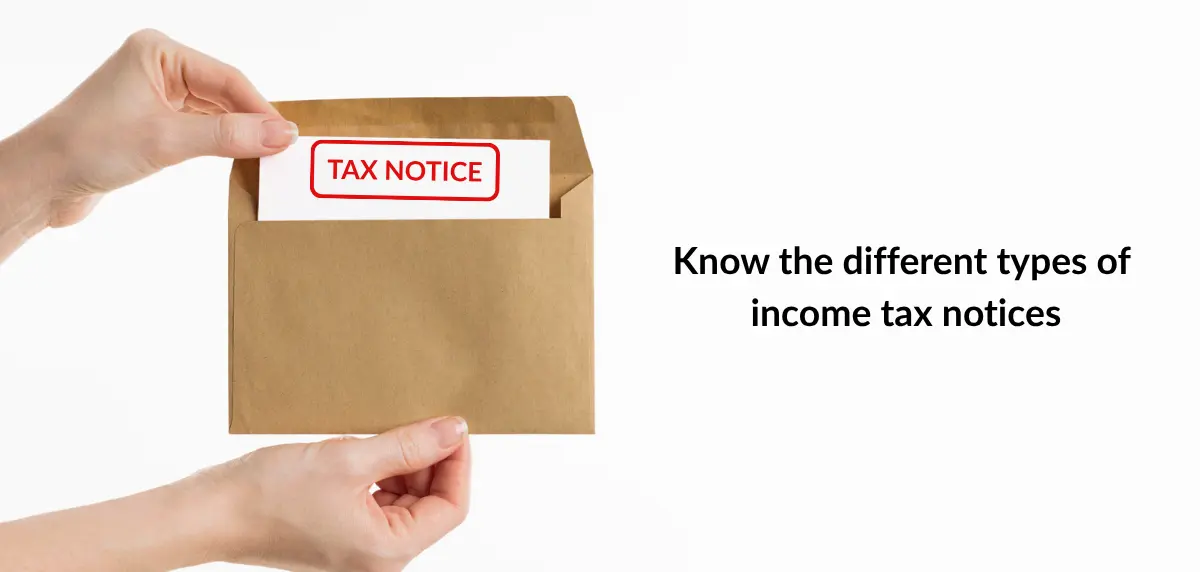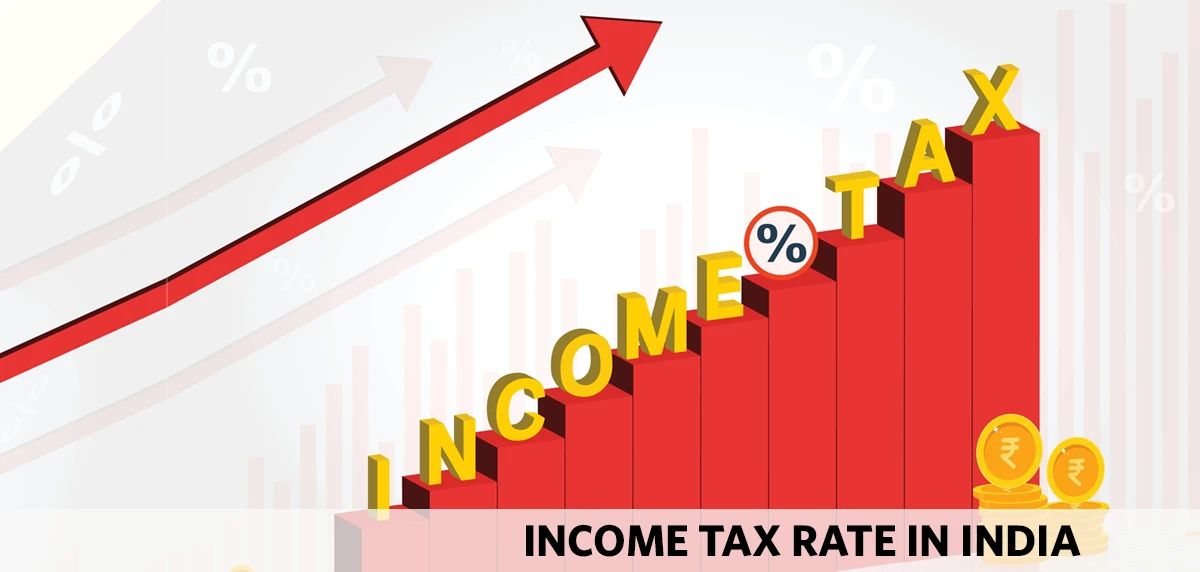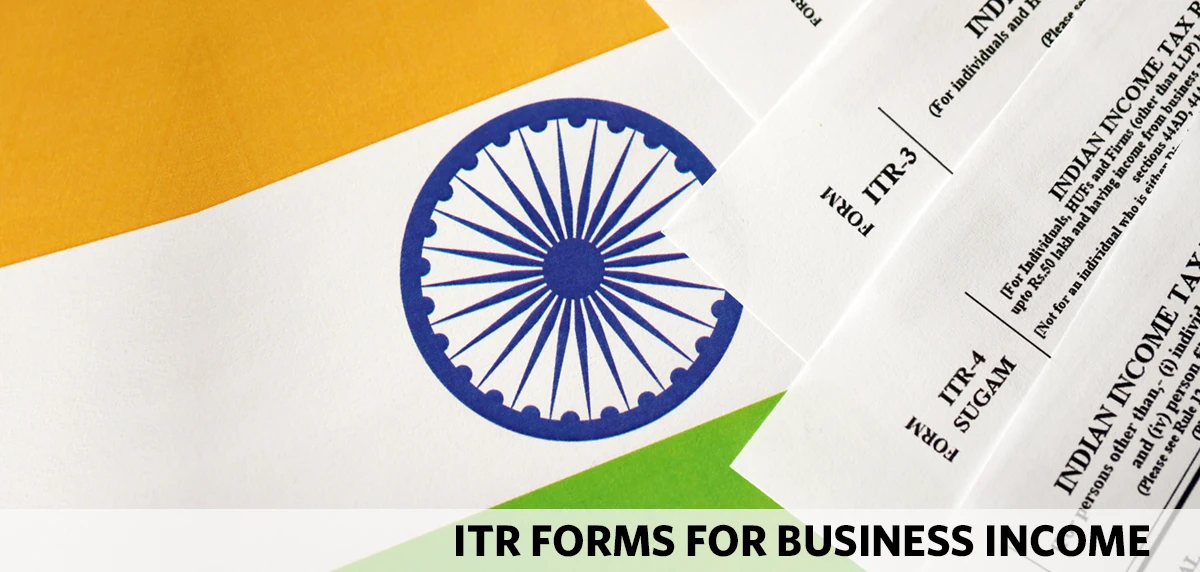To ensure the taxpayers of the country, whether it be individuals or corporations, are compliant with legal and tax frameworks, the Income Tax (IT) Department sends relevant notices as and when required. The different types of income tax notices are sent in accordance with the mechanisms and rules laid down in the Income Tax Act of 1961. More specifically, the clauses set under Sections 142 (1), 143 (1), 142 (2), 148, 139 (9) and 156 of the Act, explain the reasons and process for the notices in detail.
As a responsible taxpayer of the country, it is your duty to pay attention and act when any type of income tax notice arrives at your doorstep. Wondering what the different types of income tax notices are about and the reasons one may receive them? Here’s an article to help you.
1. Notice u/s 142 (1) - Inquiry before Assessment
An income tax notice under this section is issued by the tax department to request specific information from a taxpayer. This can include:
- Books of accounts or supporting documents
- Any written details as required by the assessing officer, such as a statement of assets and liabilities (even if these are already reflected in the accounts)
This notice can also be issued if the taxpayer has not filed their Income Tax Return. The notice is issued to remind them to do so within a specified time.
When you receive an income tax notice under this section, it is crucial that you provide the required information. Failure to do so may lead to legal action or penalties. The time limit to provide the requested information may differ depending on the reason for the notice.
2. Notice u/s 143 (1) - Intimation on Summary Assessment
This income tax notice can be considered more of an ‘intimation’ as it is issued to the assessee if there is an error in their return. This notice aims to direct the assessee towards correcting any errors that the assessment officer has found. The list of errors that may lead to the officer sending a notice u/s 143 (1) includes:
- A mathematical error
- An inaccurate or unverifiable claims
- Previous financial years’ losses which have been filed after the due date
- Deductions claimed under a financial year for which the return is filed after the due date, and more.
Usually, the assessor may issue these types of income tax notices if the return is filed u/s 139(1) or 142(1).
3. Notice u/s 143(2) - Scrutiny Assessment
A taxpayer receives an income tax notice under this section if they have not satisfactorily provided information as needed in their returns for a scrutiny assessment. Using the information thus provided by the taxpayer, the assessor can proceed with the scrutiny assessment in detail. As such, the assessee will be required to provide data on the profit of tax deductions and exemptions claimed, or even about the profits computed by the assessee.
While you may have tried your best to ensure a fair and accurate computation of profits and tax benefits, there may still be some scope for manual errors. Using an income tax calculator or consulting a tax expert can help in such cases.
4. Notice u/s 148 - Income Escaping Assessment
In some cases, the return filed does not have sufficient mention of certain incomes, or the same may not have been noted by the assessor during his standard assessment. Here, the assessor can re-assess the income and continue their enquiry. This may also occur if the assessor has not been able to conduct any assessment on the return at all.
This type of income tax notice is issued by the assessor to the assessee if the former can prove that the latter’s income has escaped assessment. Before this notice, the assessor may send a show cause notice. However, if the response is not satisfactory, they may send income tax notice types u/s 148. If the case is already under an appeal, the assessor cannot issue this notice.
5. Notice u/s 156 - Demand Notice
After the assessing officer has conducted the assessment, they issue an assessment order. This order outlines whether and how much the assessee is liable to pay tax, interest, or any penalties. If it is so that the assessee must pay a specific amount, the department sends a demand notice to them, along with the assessment order.
If there is no such notice, but the assessee receives an assessment order, they may assume that there is no demand to pay tax, interest, or penalty. The assessee is expected to pay the amount specified in the income tax notice u/s 156 within 30 days of receiving such notice.
It is not a cause for concern if you receive a demand notice, as long as you pay the requested amount within time. However, if you want to avoid this back-and-forth, consider using an income tax calculator or reaching out to a tax expert for a more accurate ITR filing process.
6. Notice u/s 139 (9)- Defective Notice
Amongst the different types of income tax notice, the one u/s 139(9) is issued when the assessor finds that the filed return is defective. If the assessee does not respond as required within the specified timeframe, the return may be considered invalid.
To sum up, there are various types of notices in income tax. As a taxpayer, it is your responsibility to be aware of these income tax notice types and the action that is required from your end for each. It is also advisable to ensure that you do your part to avoid such notices or penalties. While it is not a cause for concern to receive them, it is best to be compliant and accurate with all legal requirements in the initial process.
** Tax exemptions are as per applicable tax laws from time to time.





















